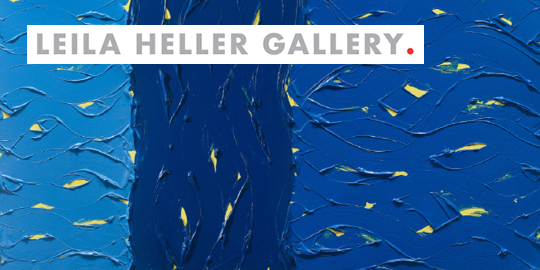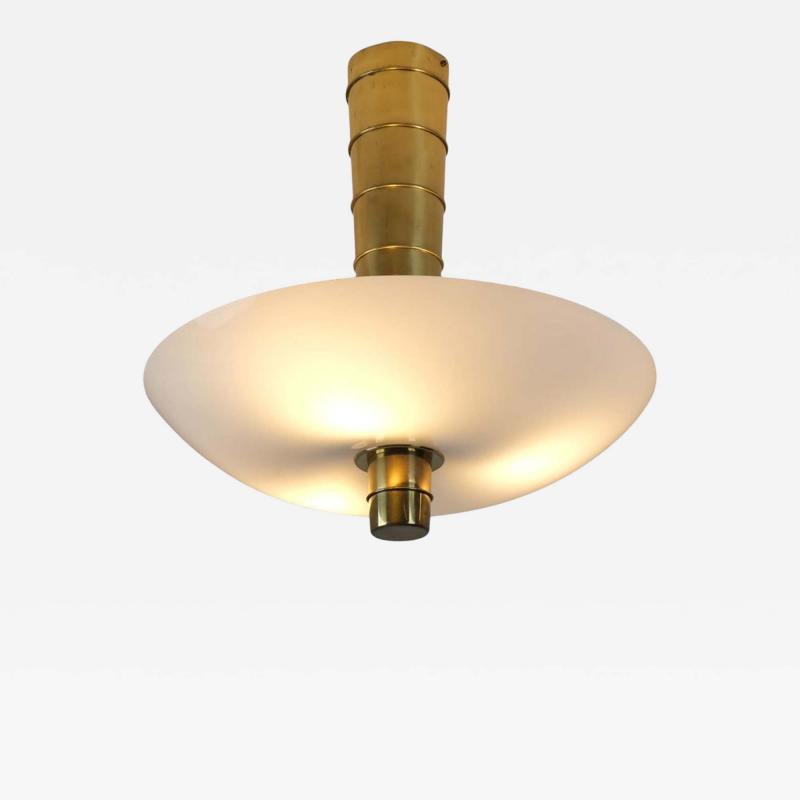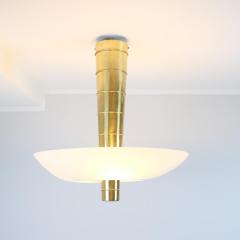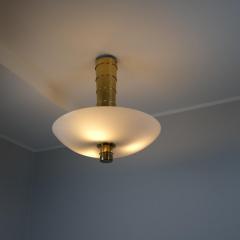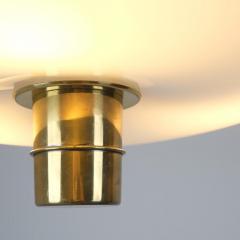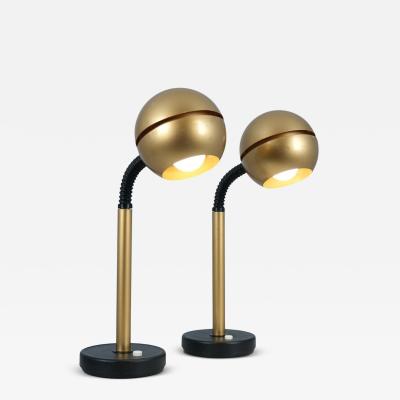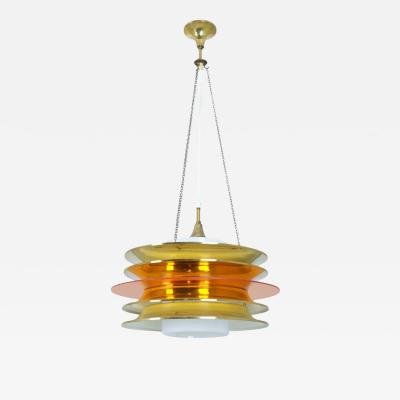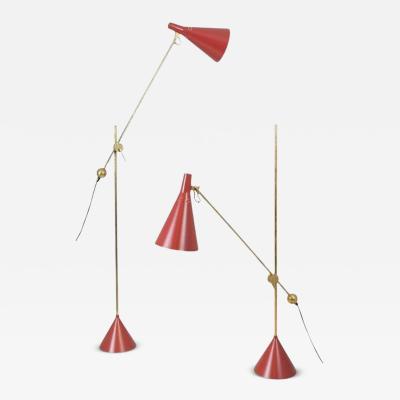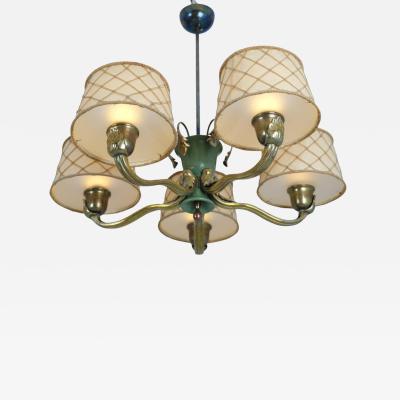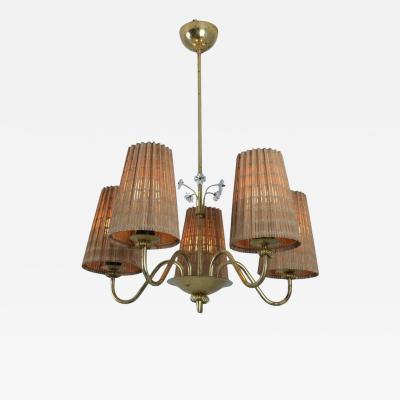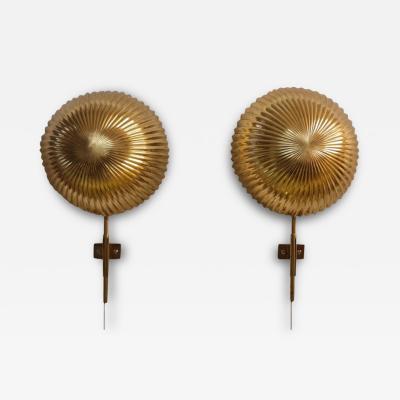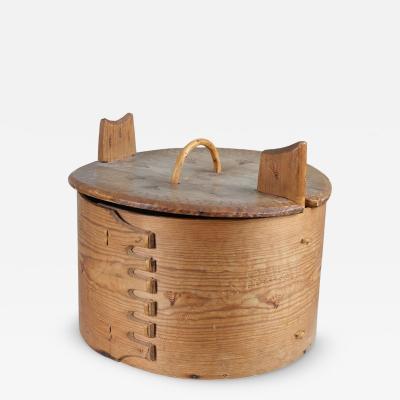Paavo Tynell Ceiling Lamp "Cannon Shell" 9053 in Brass and Glass, Idman 1950s
-
Description
An iconic Paavo Tynell ceiling lamp, model 9053, also known as the cannon shell due to its resemblance to one. This large, minimalist lamp is in beautiful original vintage condition, with working electric parts. The brass shaft is minimally decorated with elevated rings running along its circumference. The glass shade measures approximately 60 cm. A stunning masterpiece of design to adorn luxurious interiors.
Paavo Tynell (1890–1973) was a Finnish designer renowned worldwide for his exceptional lighting fixtures and lamps. He is known as the man who “illuminated Finland,” with his works featured in numerous public offices and buildings, including the Finnish Parliament House and the office of the Secretary-General of the United Nations in New York.
Tynell began his career as a sheet metal worker's apprentice at G.W. Sohlbergs workshop in 1906. In 1912, he moved to Taidetakomo Koru Oy, a metal workshop specializing in electric light fixtures. He then studied at the Central School of Applied Arts in Helsinki, where he later also taught. In 1918, Paavo co-founded Taito Oy with several colleagues. In its early years, Taito produced various items, but after Finland adopted electricity, the focus shifted primarily to lamps. By the 1930s, Finnish households increasingly purchased light fixtures as electricity became more widespread. During the 1920s, Taito’s main commissions included public projects such as the Paimio Sanatorium, designed by Alvar Aalto.
After World War II and the challenging post-war years in Finland, Tynell experienced his major breakthrough. His distinctive style, mainly aimed at the U.S. market, gained popularity. He sold both catalog lamps and commissioned pieces through Finland House in New York. Although his late 1940s and 1950s style was initially criticized in Finland, he remained committed to it, and fortunately so. His fixtures eventually became Finland House’s best-selling products. Today, Tynell’s high-end lamps fetch hundreds of thousands of dollars worldwide, justly deserved. His commissioned works number in the thousands, though unfortunately not all documents or archives have been preserved. -
More Information
Documentation: Makers Label/Invoice Notes: Stamped Origin: Finland Period: 1950-1979 Materials: Brass, Glass Condition: Good. Overall good vintage condition, consistent with age and use Creation Date: 1950s Styles / Movements: Modern, Mid Century, Scandinavian Modern Incollect Reference #: 819856 -
Dimensions
H. 23.62 in; Diam. 22.83 in; H. 60 cm; Diam. 58 cm;
Message from Seller:
Haddadin Design, located in Helsinki, Finland, offers a curated collection of premium Finnish and Scandinavian Mid-Century Modern (MCM) design, specializing in iconic works by renowned designers such as Paavo Tynell and Alvar Aalto. We are dedicated to providing exceptional customer experiences, authenticity, and high-quality service, ensuring each purchase is a meaningful and enjoyable journey. For inquiries, reach us at +358 505552865 or faris@haddadin.fi


